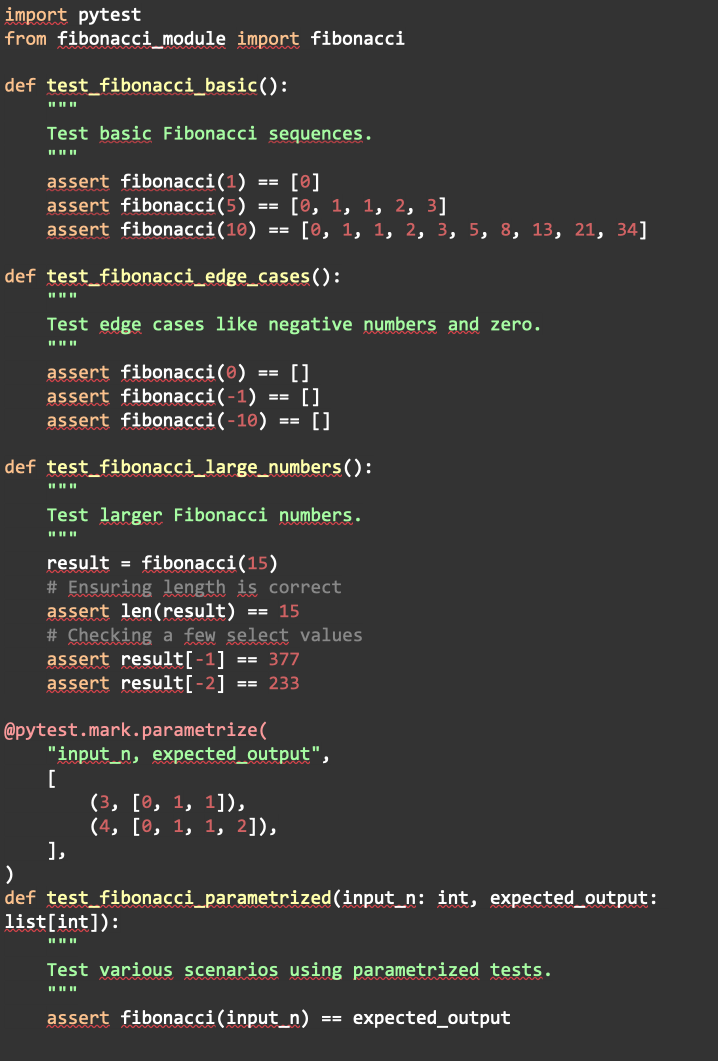Technical
Using Generative AI to Write Python Code Faster and Better
Recent publications
UI-UX
AI-Powered UX: A Design Expert Explores Benefits & Best Practices




Artificial Intelligence (AI) is revolutionizing User Experience (UX) design by enabling the creation of intuitive and personalized interfaces. By analyzing user behavior and preferences, AI facilitates dynamic content adaptation, ensuring relevance and engagement. Implementing AI in UX design enhances efficiency through task automation and predictive assistance, streamlining user interactions. Best practices include clearly communicating AI's role, setting realistic expectations, providing seamless integration with existing workflows, and ensuring user control over AI functionalities. Additionally, prioritizing data security and incorporating user feedback are crucial for continuous improvement. Embracing AI in UX design leads to more responsive, user-centric digital experiences.
Artificial Intelligence
Unveiling the Role of AI Prompt Engineers




AI Prompt Engineers are instrumental in sharpening AI systems by crafting accurate prompts that push responses to their limits. They strike a balance between technical skills and creativity to optimize AI interactions for accuracy, relevance, and efficiency. By leveraging machine learning model and natural language processing expertise, they tune prompts to optimize AI-created content and problem-solving capabilities. Their efforts are essential in unlocking AI versatility across industries, ranging from customer support bots to sophisticated content creation. With AI progressing further, Prompt Engineers will be instrumental in narrowing the gap between human intent and machine comprehension, enabling smarter AI solutions.
Remote Hiring
The Best Platforms to Find the Best Remote and Entry-Level Freelance Jobs




Finding entry-level and remote freelance work may be difficult, but the correct platforms make the difference. Regardless of whether you are beginning a freelancing career or searching for flexible remote work, various platforms bring you to clients across the globe. Platforms provide job posts in many fields, ranging from writing and design to coding and marketing. By using these platforms, freelancers can gain experience, develop portfolios, and establish their careers. Discover reliable platforms that ensure secure payments, authentic job postings, and networking opportunities to help you thrive in the freelancing environment. Kickstart your journey today with the top remote freelance job sites!




















































































































































































































































































































































































































































































































































































































































































































































